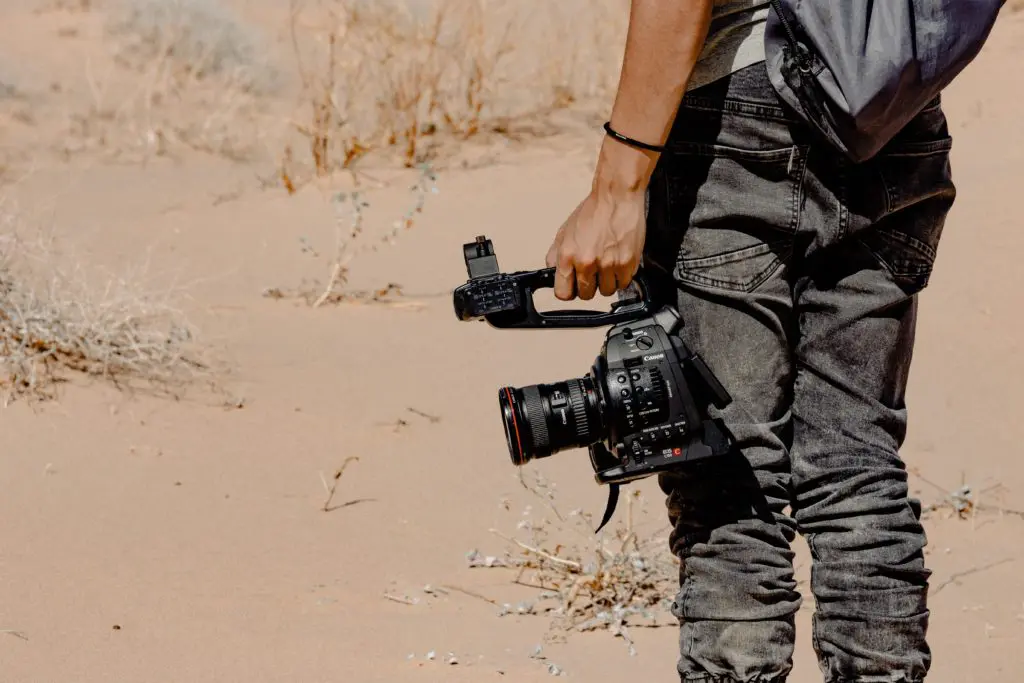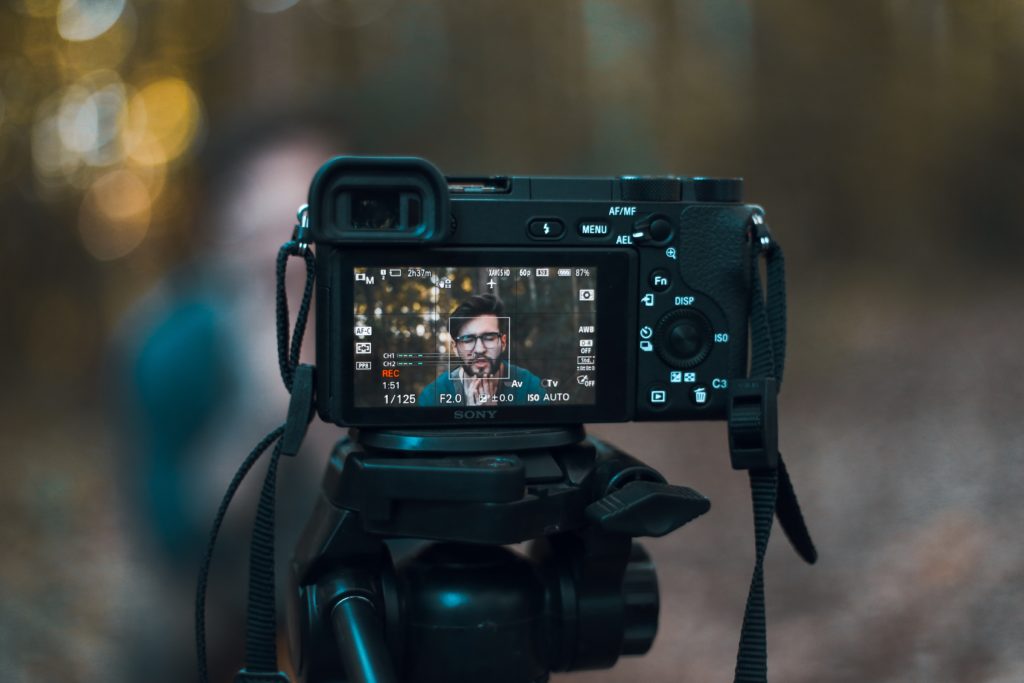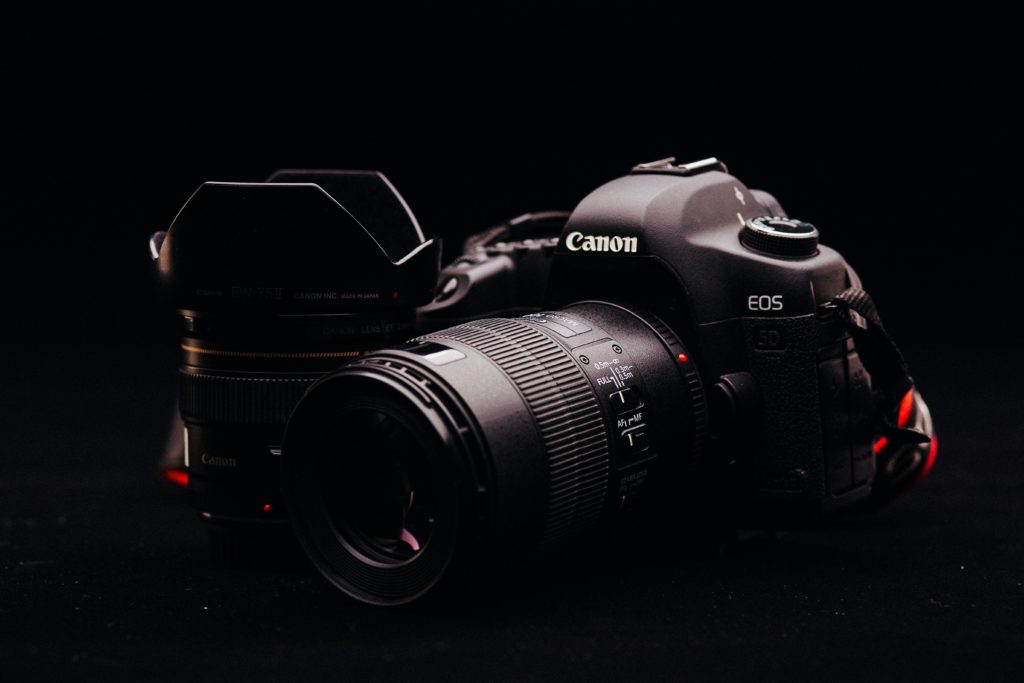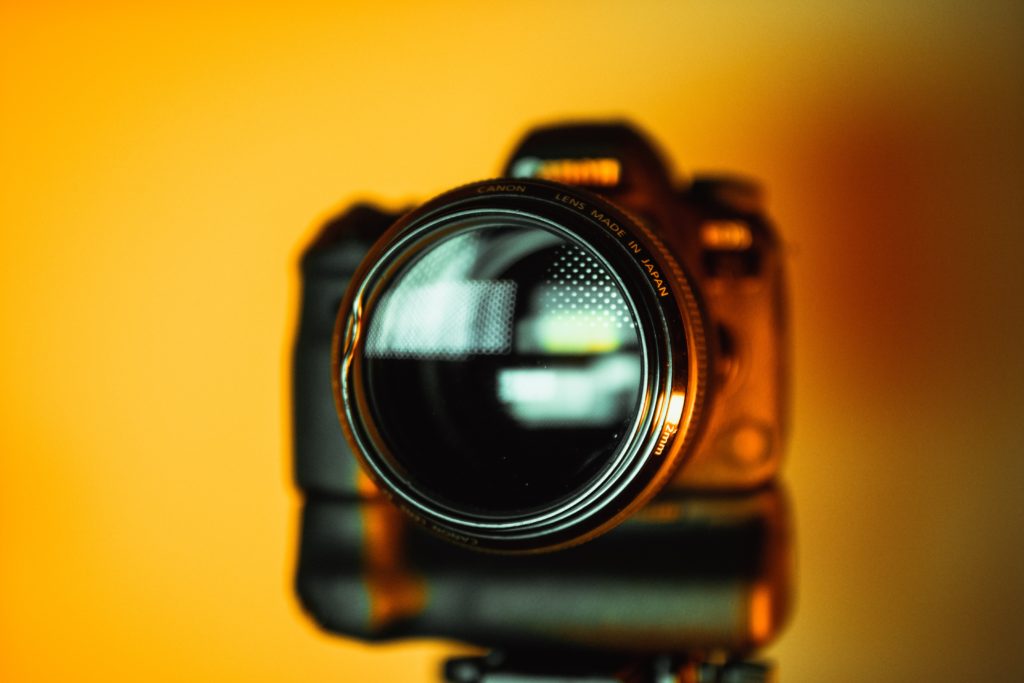No photographer loves everything about their camera. I’m calling that state a fact. Even if you have a favourite camera and you love 99% of its features, there’s always going to be something you wish were different. These things usually aren’t dealbreakers, however. We live with minor annoyances and learn to work around them.
So I’m always intrigued when I hear photographers talk about features that a camera must have for them to even consider buying a particular camera. Of course, what one deems a must-have feature varies from person to person, but some people get nit-picky and others buy in to marketing hype, making the camera buying process all the more stressful.
Here I present to you 4 “overrated” camera features — things that are nice to have, but you don't need.
In Body Image Stabilization
Photographers got by for decades with image stabilization of any kind. Then one day image stabilization was built into lenses — you could turn it off and on with the flip of a switch. Now stabilization is built into camera bodies.
But not all cameras have in body image stabilization (IBIS). Across various photography message boards you’ll see people tearing into a camera manufacturer when it’s announced that their latest camera won’t have this feature.
I realize that IBIS can be useful and it’s an increasingly common feature in cameras, but is it indispensable? I would argue it isn’t.
Remember, image stabilization only mitigates camera shake. It does nothing to help you freeze motion. The type of intentional blur that photographers typically want can be achieved at shutter speeds that don’t demand stabilization.
IBIS certainly comes through in a pinch and it may be extra appealing to those whose hands are particularly shaky. But IBIS is generally more valuable to videographers than to photographers.

Video
With the continued rise of hybrid shooters, camera manufacturers are wise to incorporate, at the minimum, a competent set of video features into their DSLR and mirrorless camera bodies to appease both photographers and videographers.
But when you’re on the hunt for a new camera, don’t get hung up on whether it shoots 4K (or 8K? Really?) or not if you rarely (or never) shoot video. For the occasional video shooter, your mobile device will suit you just fine.
I’ve read and watched a decent number of camera reviews that focused almost exclusively on the video capabilities when I was actually looking for information about its performance as a “traditional” camera. Not that I fully rely on those sources to make decisions about what I buy, I just think the prevalence of discussion around video-centric features is indicative of where the industry is now.
There’s nothing wrong with that, but state of the art video features aren’t going to be of much use to someone dedicated to the still image.

Full Frame Sensor
Crop sensor cameras are dismissed by a certain faction of photographers. Some speak about the performance differences between crop sensor cameras and full frame sensor cameras as if they are night and day. But this isn’t necessarily true.
There’s no denying that bigger sensors have some advantages (low light performance due to larger pixels, for example) but sometimes those advantages are marginal. If you can fully harness the power of a full frame sensor, great! But for most people, an APS-C or Micro Four Thirds camera will get the job done just as effectively and at a lower price.

High Resolution Sensor
The marketing machine has convinced so many would be camera buyers that when it comes to megapixels, you need more. More, more, more.
For most photographers, more is just unnecessary.
If you’re into printing your photos, for example, you could use a 10 megapixel camera and be totally happy with the results.
I have a 42 megapixel camera and it does fulfill a specific purpose, but I also have the original Canon 5D, a 13 megapixel camera that always manages to remind me that sometimes less is more.
If a camera you’re considering buying has all the features you want but you’re worried its 20 megapixel sensor isn’t “good enough”, don’t worry. Just buy it. If you’re like most people, the majority of your photos will end up on Instagram (or something similar); and if you do print, you can easily get an 11×17 print out of those 20 megapixels.

Final Thoughts
To be quite clear, I’m not suggesting that any of the above features are useless. They are nice, but hardly necessary. I am simply pointing out to those looking to buy a new camera that you should purchase according to your needs and not what’s trendy.
Other than exposure controls, just about every feature in a camera is a luxury.
Further Reading
Light Stalking https://ift.tt/3eo9TSg
Sourced by Time Trap Photography sharing the best photography tips, news and tricks throughout the industry. Time Trap Photography is dedicated to freezing those special moments in life that can be revisited and admired for generations to come. - Shannon Bourque
Please visit our main site for booking availability and rates.

Receive valuable industry knowledge delivered free to your email each day.






No comments:
Post a Comment
Thank you so much for your comment. A moderator will review and approve all relevant posts. We appreciate your support and encourage you to stay with us by subscribing to our email updates. Where you can easily pick and choose what photography subjects interests you. Subscription link: http://bit.ly/photo-sub